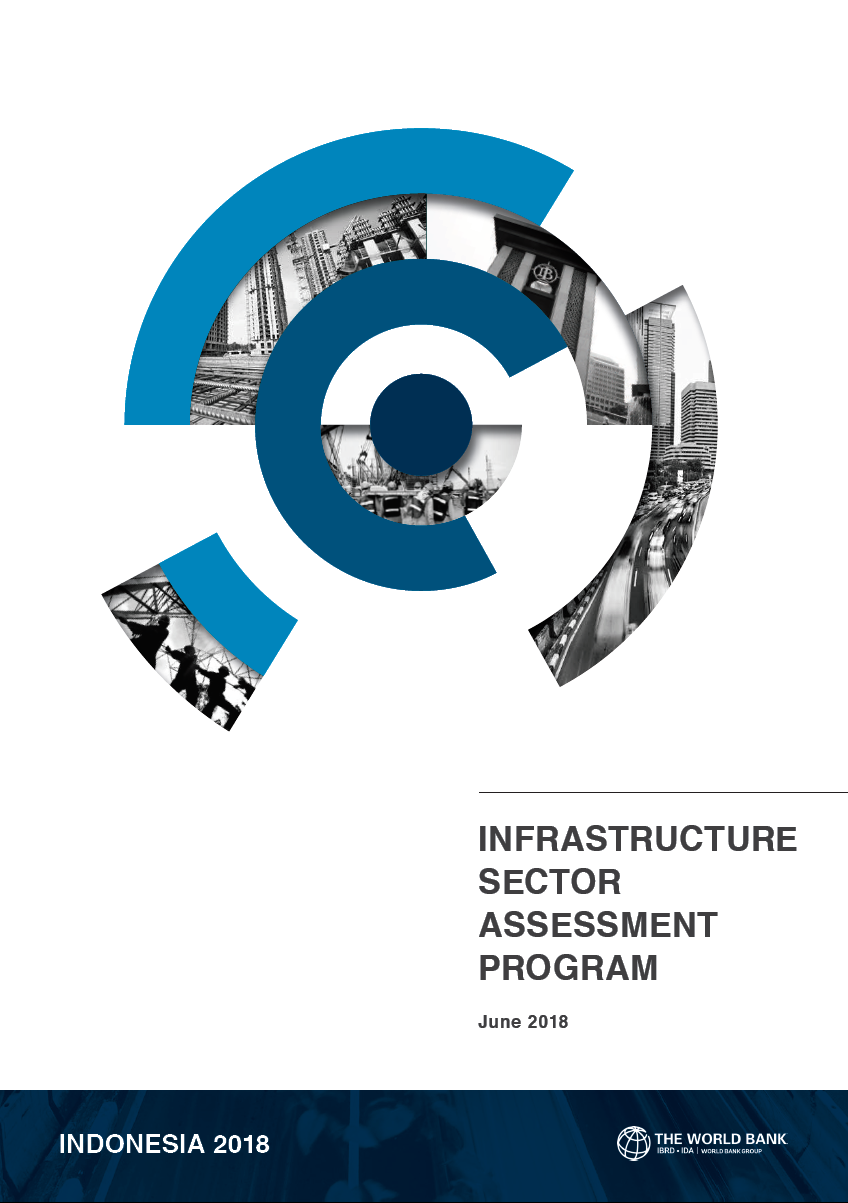Indonesia InfraSAP Report 2018

Years of underinvestment have led to an estimated USD 1.5 trillion infrastructure deficit in Indonesia, constraining growth and limiting the pace of poverty reduction. Despite robust GDP growth averaging 5.6 percent from
2005 to 2015, Indonesia’s annual rate of growth in public capital stock per capita – a proxy for infrastructure stock – averaged only 2.8 percent over this period, well behind peer countries such as Vietnam (10.3 percent), China (6.7 percent) and Malaysia (3.7 percent). In response, the Government of Indonesia has set an ambitious infrastructure investment target in its National Medium Term Development Plan (Rencana Pembangunan Jangka Menengah Nasional, RPJMN). While less than the full USD 1.5 trillion infrastructure deficit, this is the amount the Government estimates to be needed over 2015-2019 to achieve universal access to clean
water, adequate sanitation, and electricity, among other targets.
Indonesia’s infrastructure investment needs, however, far exceed what public resources can provide, even in the most optimistic revenue scenarios. The Government estimates that about 37 percent of the USD 415 billion in investment targeted in the RPJMN will need to come from the private sector, with an additional 22 percent from state-owned enterprises (SOEs). In addition to being a source of funding and financing, private sector participation can help deliver infrastructure projects faster and with better value for money than traditional government procurement, with improved operational efficiency and higher quality of service to end-users. Closing the infrastructure gap would help to promote inclusive growth, as poorer households would be able to access a wider range of economic opportunities and improve their wellbeing through better access to basic services, such as clean water and sanitation, health, and education.
The InfraSAP covers four cross-cutting themes: (i) project planning, preparation and procurement, (ii) the role of SOEs, (iii) the legal and regulatory framework, and (iv) financing, as well as four key sectors: (i) energy, (ii) transport (toll roads, ports, airports and urban transit), (iii) water and sanitation, and (iv) urban (municipal finance and housing).



